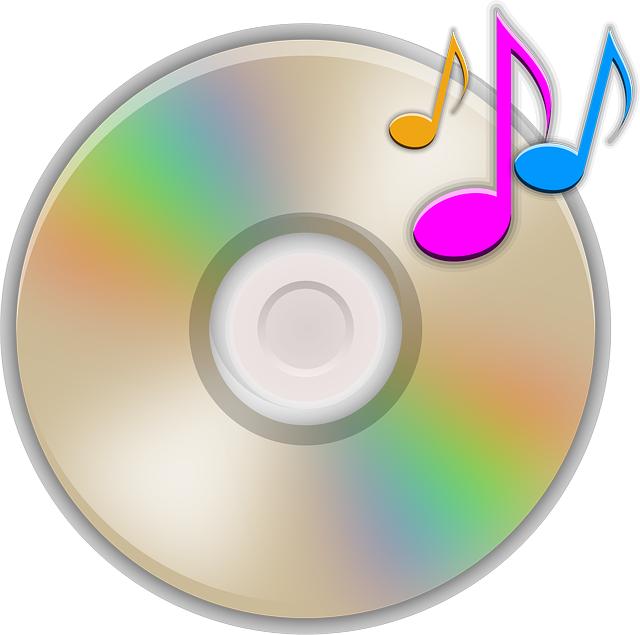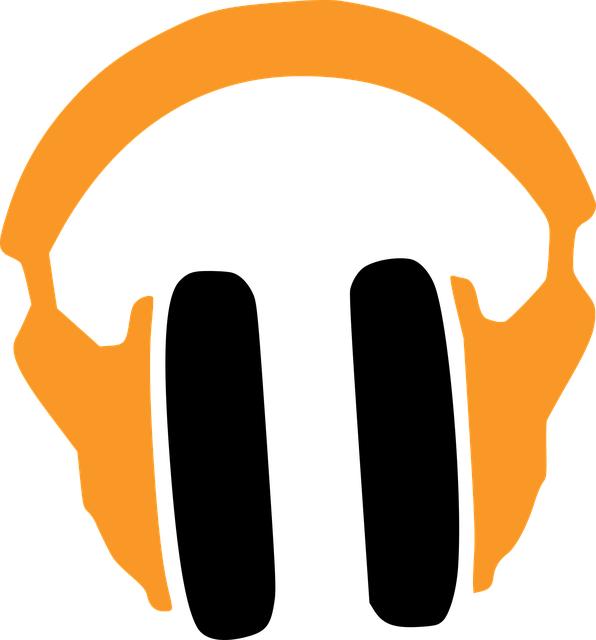Have you ever found yourself jamming to your favorite playlist and wondered about the magic behind the music? Sound is more than just a collection of notes; it’s an experience that evokes emotions, stirs memories, and creates connections. But did you know that the format in which that sound is saved can significantly affect its quality? Enter the world of audio formats: MP3s and WAVs, two heavyweights in the realm of digital music. While MP3 files are convenient and portable, they often sacrifice sound quality for size, packing down audio into a more manageable footprint. On the other hand, WAV files cradle your tunes in their purest form, offering rich, uncompressed audio that can make your heart sing. In this guide, we’re diving into the art of transforming sound, exploring how to convert MP3s to WAVs. From understanding the technical differences to walking you through the steps, we’ll make sure you maximize your listening experience, allowing the music to resonate just like the artist intended. Ready to elevate your audio game? Let’s get started!
Exploring the Differences Between MP3 and WAV Formats
When diving into the world of audio formats, the choice between MP3 and WAV often stirs up lively debates. While both are widely used for music and sound files, their core attributes are as different as night and day. MP3 files are like that sleek, compact car that gets you from point A to B with style and efficiency. They utilize lossy compression, which strips some audio data to significantly reduce file size, making them perfect for portable devices and streaming. On the other hand, WAV files are akin to a classic, handcrafted vehicle—bulky but rich in details, preserving the full spectrum of sound exactly as it was recorded. The downside? They take up way more space on your drive, which might leave you hesitant if storage is a concern.
Understanding these distinctions helps in recognizing which format suits your needs best. If you’re an audiophile who cherishes every note and wants unparalleled sound quality, going with WAV is the way to go. Conversely, if convenience is your jam, and you just want your favorite tunes ready for a road trip, MP3 will serve you well. Here’s a quick comparison table that outlines some key differences:
| Feature | MP3 | WAV |
|---|---|---|
| File Size | Smaller | Larger |
| Audio Quality | Good, but lossy | High fidelity |
| Use Case | Streaming, portable devices | Professional audio, editing |

The Essential Tools You Need for a Smooth Conversion
When it comes to converting MP3 files to WAV, having the right tools can make all the difference. First off, you’ll want to invest in a reliable audio conversion software. Many options are out there, ranging from free apps with limited features to premium software offering advanced editing tools. A couple of standout programs include Audacity and Freemake Audio Converter. These tools not only streamline the conversion process but also ensure that the audio quality remains high. You wouldn’t want to compromise on clarity, right?
<p>Next on the list is a solid hardware setup, especially if you're looking to dive deeper into audio production. Consider using high-quality headphones or studio monitors to get a true sense of how the sound transforms during conversion. Additionally, a good digital audio interface will enhance your overall experience by providing better sound quality and lower latency. If you’re serious about music or sound design, investing in these tools can be as important as the software itself—it's like having the right paintbrush for your masterpiece!</p>
<table class="wp-block-table">
<tbody>
<tr>
<th>Tool</th>
<th>Type</th>
<th>Features</th>
</tr>
<tr>
<td>Audacity</td>
<td>Software</td>
<td>Free, open-source, multi-track editing</td>
</tr>
<tr>
<td>Freemake Audio Converter</td>
<td>Software</td>
<td>User-friendly, multiple format support</td>
</tr>
<tr>
<td>Studio Monitors</td>
<td>Hardware</td>
<td>Accurate sound reproduction</td>
</tr>
<tr>
<td>Digital Audio Interface</td>
<td>Hardware</td>
<td>Improved sound quality, lower latency</td>
</tr>
</tbody>
</table>

Step-by-Step Guide to Converting MP3s to WAV
Converting MP3s to WAV can seem like a daunting task, but with a few simple steps, you’ll be transforming your audio effortlessly! First, you’ll need to choose the right tool for the job. There are plenty of software options available, including free converters and professional-grade software. Here’s what you should consider: user-friendliness, output quality, and additional features you might find handy, like batch conversion or basic editing tools. After selecting your software, launch it and begin by importing the MP3 files you want to transform. This often means just dragging and dropping your files into the interface.
Once your files are in the converter, make sure to choose WAV as the desired output format. Don’t forget to adjust the settings according to your preferences! You might want to tweak the sample rate or bit depth; these can greatly affect the final sound quality. hit that convert button and watch the magic happen! As a little bonus, consider keeping both formats if you plan on using the audio for different purposes – WAV for high quality and MP3 for convenience. Here’s a quick look at the differences between them:
| Format | Compression | File Size | Use Case |
|---|---|---|---|
| MP3 | Lossy | Small | Streaming, Portable Devices |
| WAV | Uncompressed | Large | Professional Audio, Editing |
Maximizing Audio Quality: Tips for Optimal Results
When it comes to audio quality, every little detail counts. Think of sound as a delicate painting; even the smallest brushstroke can make a significant difference in the final masterpiece. First off, ensure that your audio source is clean, whether it’s a raw recording or a simple MP3 file. The goal is to start with the best quality possible before converting it to WAV. Use tools that specialize in noise reduction to eliminate any unwanted background sounds or static. Additionally, make sure your playback equipment is up to par. High-quality headphones or speakers can reveal nuances in your audio that cheap ones wouldn’t even catch, allowing you to appreciate the transformation more thoroughly.
Next, when you’re ready to convert your MP3s to WAV, be aware of the settings you select during the process. While WAV files are typically larger than MP3s, they offer a richer audio experience, similar to the difference between a regular photograph and a high-definition one. It’s like upgrading from a fast-food meal to a gourmet dish — you’re going to savor every bite! Here are a few tips to consider:
- Sample Rate: Opt for a sample rate of at least 44.1 kHz to ensure clarity.
- Bit Depth: Choose a bit depth of 16-bit or higher for better dynamic range.
- Use a Reliable Converter: Invest time in finding a trusted audio conversion tool to avoid quality loss.
| Audio Format | File Size | Quality Level |
|---|---|---|
| MP3 | Smaller | Standard |
| WAV | Larger | High |
Final Thoughts
In wrapping up our journey through the world of sound transformation, we hope you’re feeling empowered and ready to tackle those MP3 files like a pro. Converting MP3s to WAV isn’t just about changing formats; it’s about unlocking the potential of your audio. Imagine taking a rough diamond and polishing it to reveal its true brilliance— that’s precisely what you’re doing when you switch from compressed to uncompressed formats!
Whether you’re a budding music producer, a podcast enthusiast, or someone who simply cherishes high-quality sound, the ability to manipulate your audio files opens up a whole new realm of possibilities. So, dust off those MP3s and give them the space they need to shine in all their WAV glory.
Remember, with the right tools and a bit of know-how, you can transform your listening experience. So go ahead, dive back into your audio library, and let those sounds resonate with clarity. The world of sound is yours for the taking! Happy converting!



